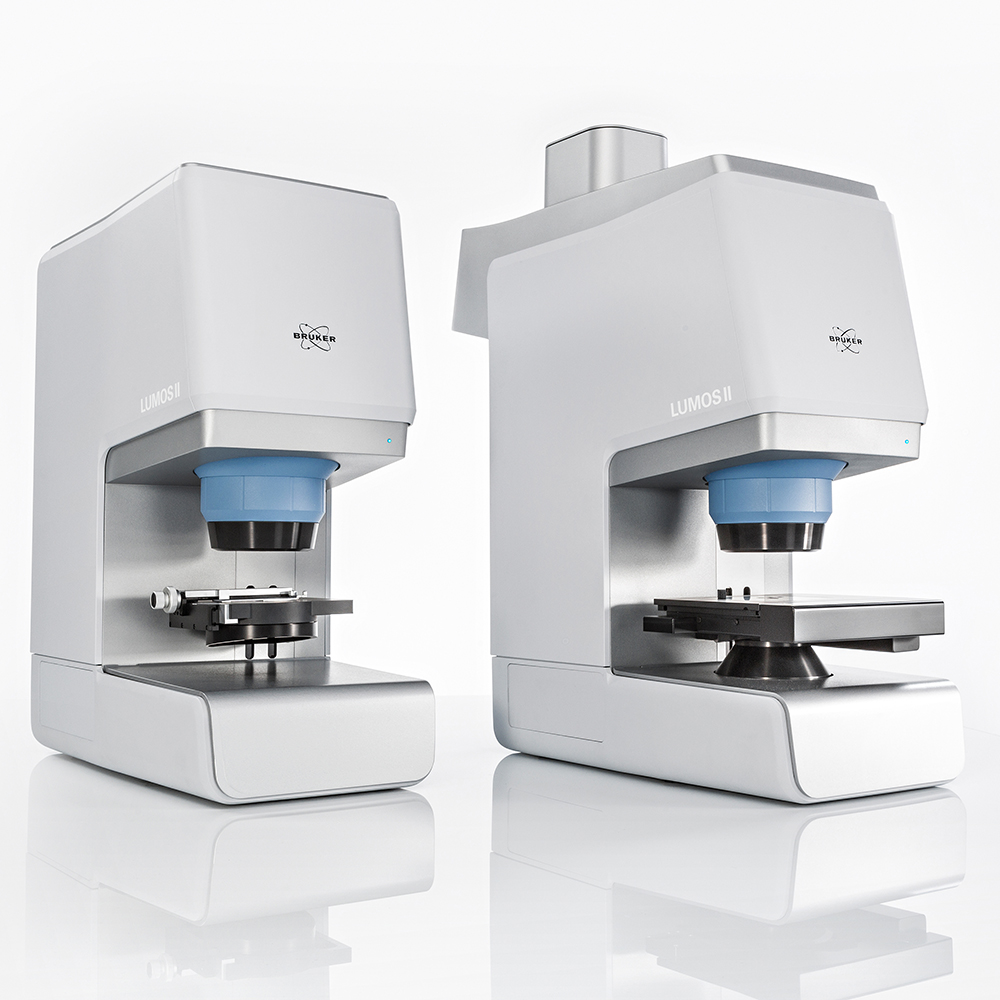Analyzers to follow ISO 24187:2023
The Bruker advantage for microplastics analysis
Bruker offers the complete instrumentation portfolio mentioned in ISO 24187. This neutrality in technology is your advantage. We are able to offer unbiased support in the selection of your analytical equipment to comply to the new ISO guideline, be it infrared or Raman spectroscopy.
Molecular spectroscopy is the go-to analytical method for microplastics
Bruker has pioneered at the side of scientists and researchers in the field of microplastics research for nearly a decade. Several molecular spectroscopy techniques are currently used to detect and chemically identify these small plastic particles. In particular, ISO 24187 mentions:
- FT-IR microscopy and imaging; easy to use, incredibly robust, unbiased. FT-IR spectroscopy has been at the forefront of microplastics analysis and is, by today standards, the mostly developed analytical technique to assess microplastic contamination.
- IR laser microscopy and imaging; high-speed imaging capabilities allow unsurpassed sample throughput in microplastics analysis. The spectral data, though not coming close to the information density of FT-IR, is usually enough to provide characterization of polymers.
- Raman microscopy and imaging; highest spatial resolution in molecular microscopy down into the sub-micrometer domain. Very good sample preparation, however, is a key factor in acquiring usable Raman data. Additionally, fluoresence and other effects make Raman less robust.
Learn more about our product portfolio for microplastics analysis
Your choice. Our expertise. Optimal microplastics analysis.
Although Bruker offers all technologies mentioned in the new ISO 24187:2023, we have a clear recommendation for reliable, day-to-day microplastics analysis: FT-IR microscopy and imaging.
Its incredible ease of use and robustness make it the best choice for routine, high-throughput analysis. It is not affected by fluorescence or lack of visual contrast. In fact, we coined the term "FT-IR is king in microplastics" - and with good reason. Visit our website on microplastics or download our whitepaper to learn why:
